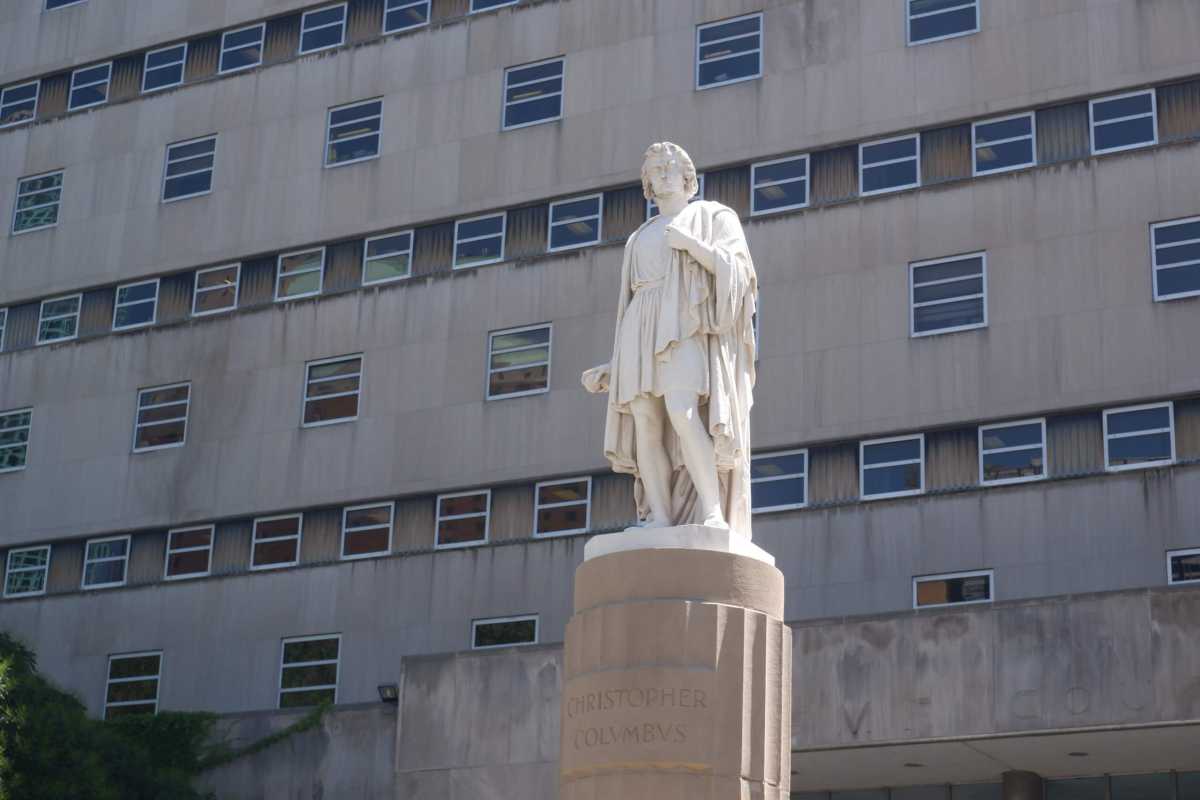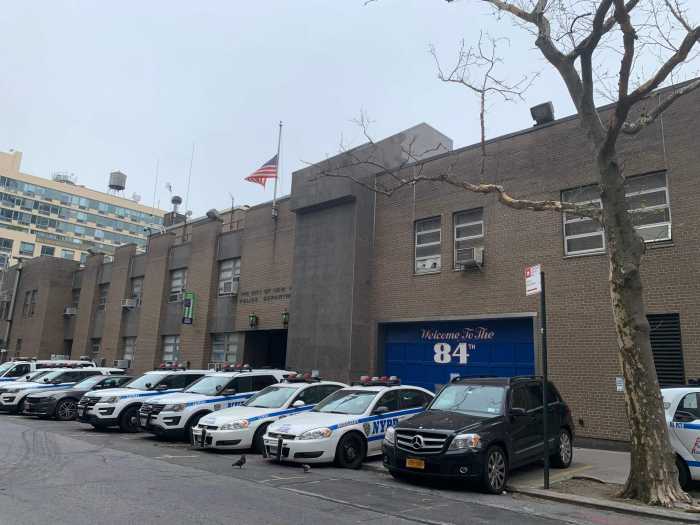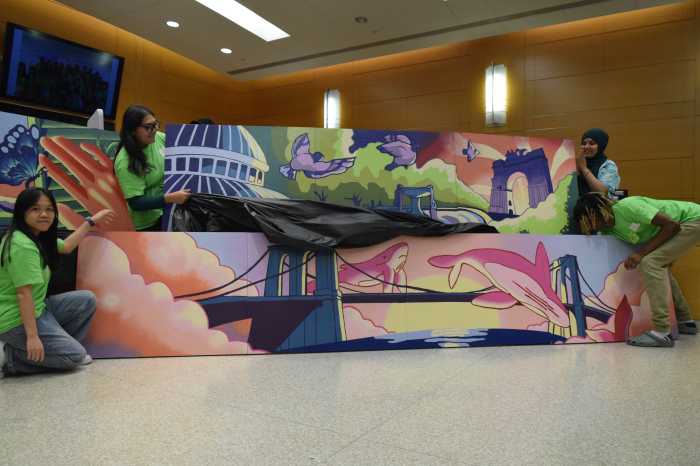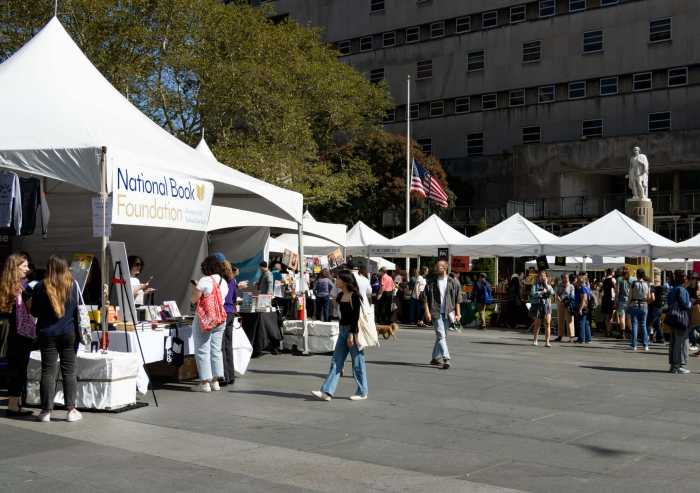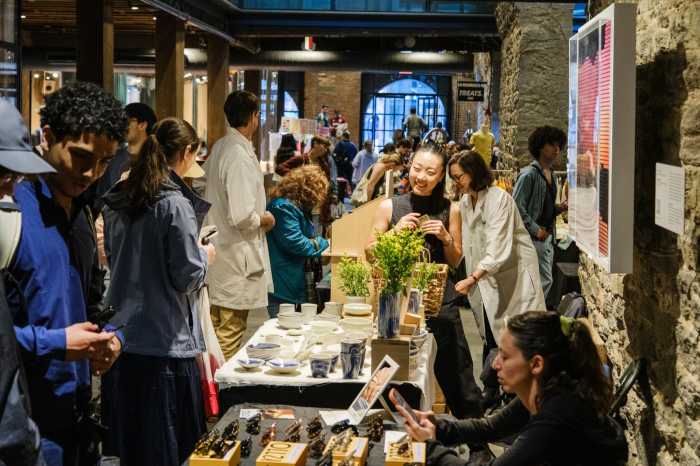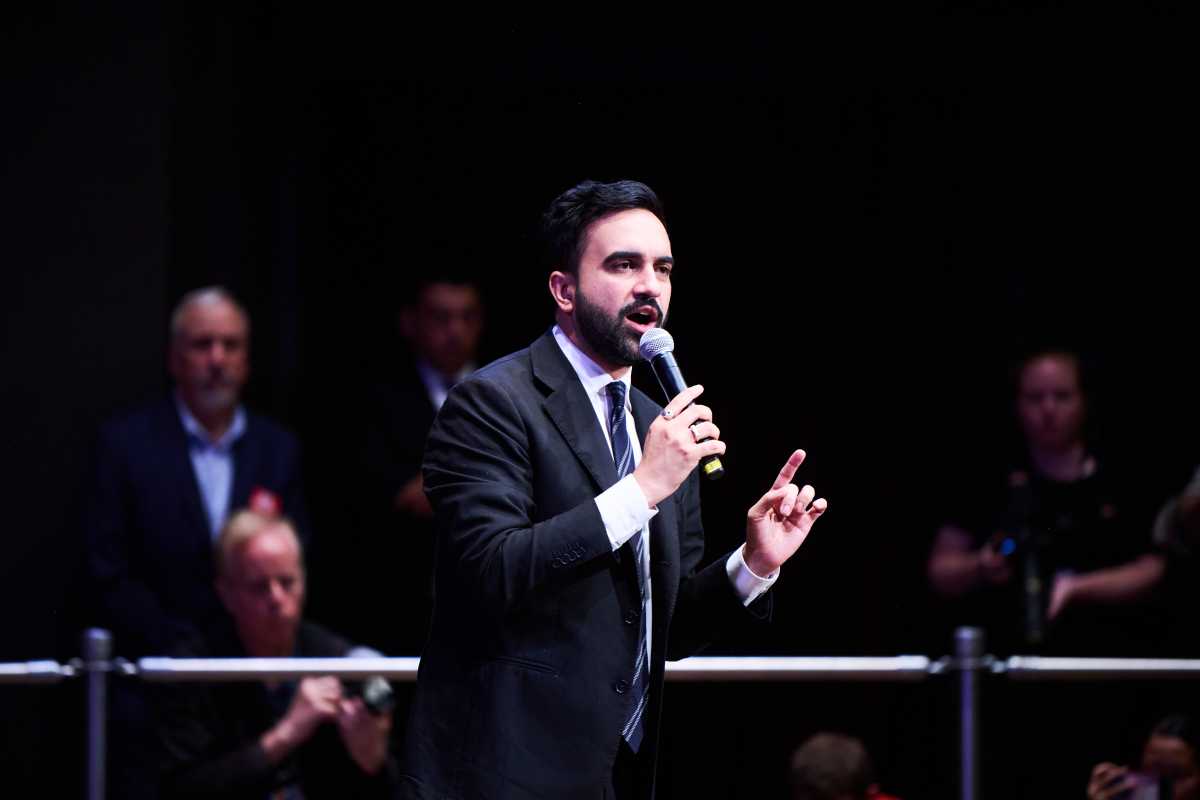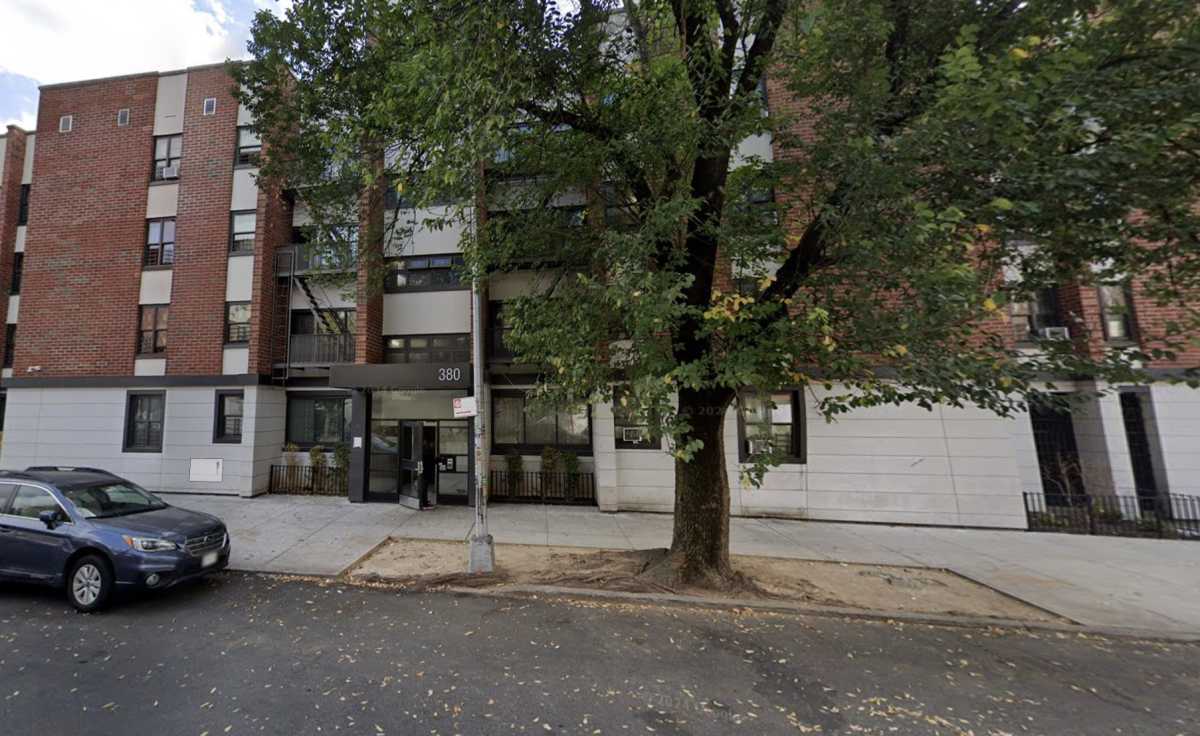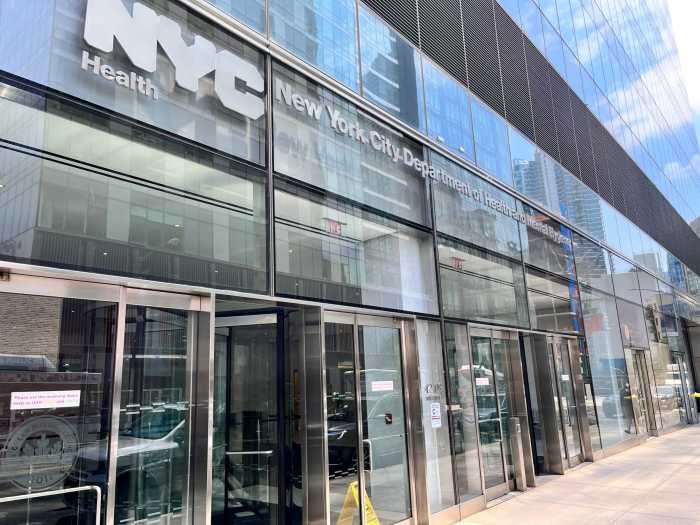They want Columbus out of America’s Downtown!
A local civic group’s meeting over the fate of a Christopher Columbus statue in Downtown Brooklyn turned into a ruckus back-and-forth, with attendees on both sides slinging charges of racism and discrimination — before the panel ultimately decided to reaffirm their demands to remove the explorer’s effigy.
Members of local Community Board 2’s Parks and Youth committees upheld a Dec. 7 vote by the civic group to send a non-binding letter to the Parks Department to take down the marble likeness of the 15th-century Italian sailor, following a second joint hearing on Feb. 4 that included input from Italian-American organizations in favor of keeping the monument.
Among the statue’s supporters was the director of the Italian Historical Society of America, John LaCorte, whose father, John N. LaCorte, lobbied then-Mayor John Lindsay in the 1970s to move the public artwork from Manhattan to Brooklyn, following the renaming of the southern part of Cadman Plaza to Columbus Park.
LaCorte noted on Thursday that the artist who sculpted the piece in the 1860s, Emma Stebbins, was a trailblazer, because she was a lesbian — which he described as her “chosen lifestyle” — and hers was the first piece of art in the Parks Department’s collection made by a woman.
“She not only forthrightly lived her chosen lifestyle in the face of societal condemnation, but then the creation of her exquisite marble statue of another pioneer, she broke through the barriers preventing women artists from entering the public venue and having their artistic creations enjoyed by the people of New York as well as the world,” said LaCorte.
LaCorte was followed by the president of the Columbus Heritage Coalition, Angelo Vivolo, who called the statue removal an “irrational frenzy” and an attack on Italian-American heritage.
“We know about the history in America of bias against Italian-Americans, the hatred now extends to the work of a pioneering gay artist — when will it stop,” Vivolo said.
The board’s secretary, Jessica Thurston, however, accused the presenters of using Stebbins’s sexuality to divert from Columbus’s documented history of atrocities against Native Americans.
“As a queer woman and one that happens to be half-Italian, I really find the exploitation of the artist’s queerness as a means to justify a statue of a man who condoned racism and sex trafficking and more human rights violations disgusting and concerning,” she said.
Tensions also boiled over after South Carolina-based self-published author Rafael Ortiz took to the stage to compare the colonist to Black civil rights leader Martin Luther King Jr — leaving many other members baffled.
“Just imagine if this was Martin Luther King instead. Imagine his statues being vandalized and being removed and people saying, ‘No no, we’re not attacking, we’re not against the African-American community, we’re just against Martin Luther King because he was a bad guy,'” said Ortiz. “That would not fly, that would be taken as discrimination, so it is with Columbus. You cannot separate Columbus from the Italian and the Hispanic community.”
The comment incensed several listeners, who blasted Ortiz’s glib comparison.
“As a queer Black woman, I am literally enraged by the statements that were made in regards to Black historical figures as well as conflating queerness with violence,” said CB2 member Samantha Johnson.
Several younger Italian Americans tuned in to slam the statue’s supporters, with one Tennessean audience member saying Columbus represented the worst stereotypes leveled against immigrants from the boot-shaped country.
“Columbus was worse than the mafia,” said Abbeyrose Gelsomina. “He was not just a wise guy, he was the boss. Columbus did everything the mob did, rape, kill, steal, intimidate.”
Gelsomina recommended the city hire a queer Italian-American woman to sculpt a new statue of Mother Cabrini out of the current monument, and compared the Columbus effigy to Confederate statues in the south.
“She was a great Italian Catholic immigrant who contributed to the world something beautiful from Italian culture, a culture of caring for the immigrant and the orphan, and she never committed genocide,” she said. “Keeping the Columbus statue up in NYC, the way I see it, is the same as keeping the Confederate statue up on the courthouse lawn where I lived in Jackson, Tennessee.”
Another public participant, who described himself as a fourth-generation Sicilian American from Queens, lambasted the board for only inviting Italian-American groups in support of the statue and leaving out those favoring its removal.
“Why haven’t you invited Italian-American organizations to speak tonight who are opposed to Columbus,” said Daniel Raymond. “This discussion is incomplete and you can’t possibly consider reversing your original vote without hearing from an Italian-American organization on the other side.”
After two hours of testimony predominantly in favor of taking down the statue, the committee decided not to repeat its December vote and bring it before the full board next Wednesday, Feb. 10, before sending the purely-advisory removal request to the city.


